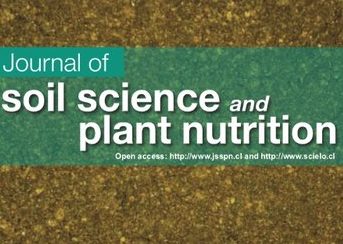
Abstract
This study comprises a set of methane emission measurements in rice fields located in the four agro-ecological zones of the Mekong River Delta (MRD), namely the zones with (i) alluvial soils, (ii) salinity intrusion, (iii) deep flood, and (iv) acid sulfate soils. These zones have very distinct bio-physical conditions and cropping cycles that will affect methane emissions in various forms. Our study includes comprehensive mapping of these zones as well as an overview of rice statistics (activity data) at provincial levels for each cropping season. Emission data were obtained by the closed chamber method. The available data set comprises 7 sites with 15 cropping seasons. Mean emission rates showed large variations ranging from 0.31 to 9.14 kg CH4 ha−1 d−1. Statistical analysis resulted in weighted means for all zones that we use as zone-specific CH4 emission factors (EFz) in the context of the IPCC Tier 2 approach. The lowest EFz was computed for the saline accounting for 1.14 kg CH4 ha−1 d−1 (confidence interval: 0.60–2.14). The EFz values of the alluvial and acid sulfate zones were 2.39 kg CH4 ha−1 d−1 (2.19–4.13) and 2.78 kg CH4 ha−1 d−1 (2.65–3.76), respectively, which indicated that they were not different from each other derived from their confidence intervals. The deep flood zone, however, required a season-specific, assessment of EFz because emission in the autumn–winter cropping season, corresponding to the wet period, was significantly higher (9.14 kg CH4 ha−1 d−1 (7.08–11.2)) than the other seasons (2.24 kg CH4 ha−1 d−1 (1.59–3.47)). Although these emission factors correspond to baseline water management and do not capture the diversity of farmers’ practices, we see the availability of zone-specific data as an important step for a more detailed assessment of Business as Usual emissions as well as possible mitigation potentials in one of the most important rice growing regions of the world.








